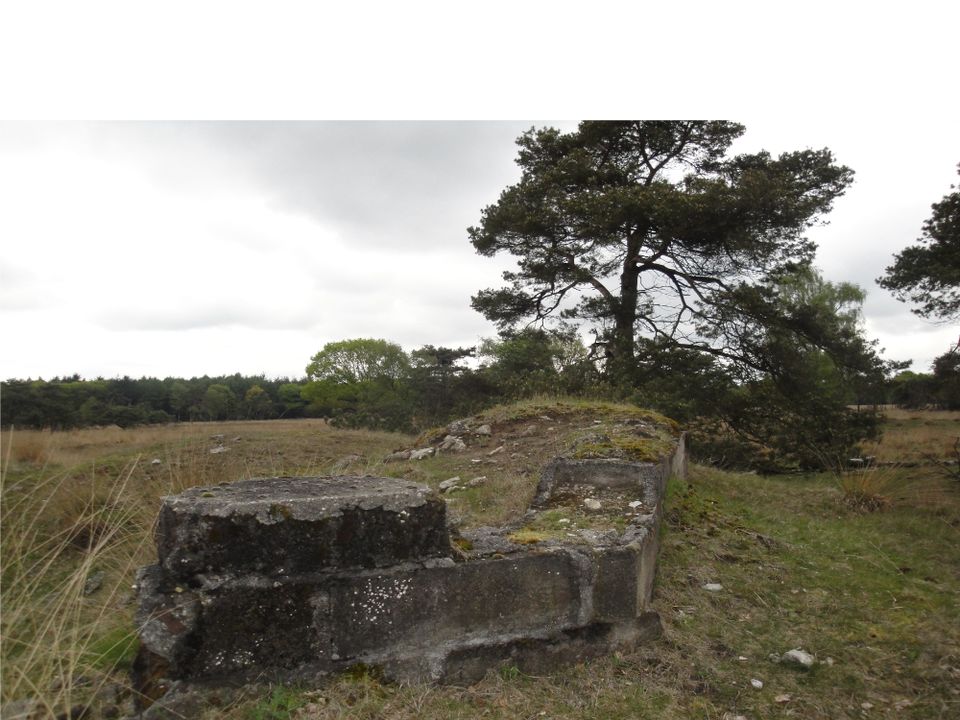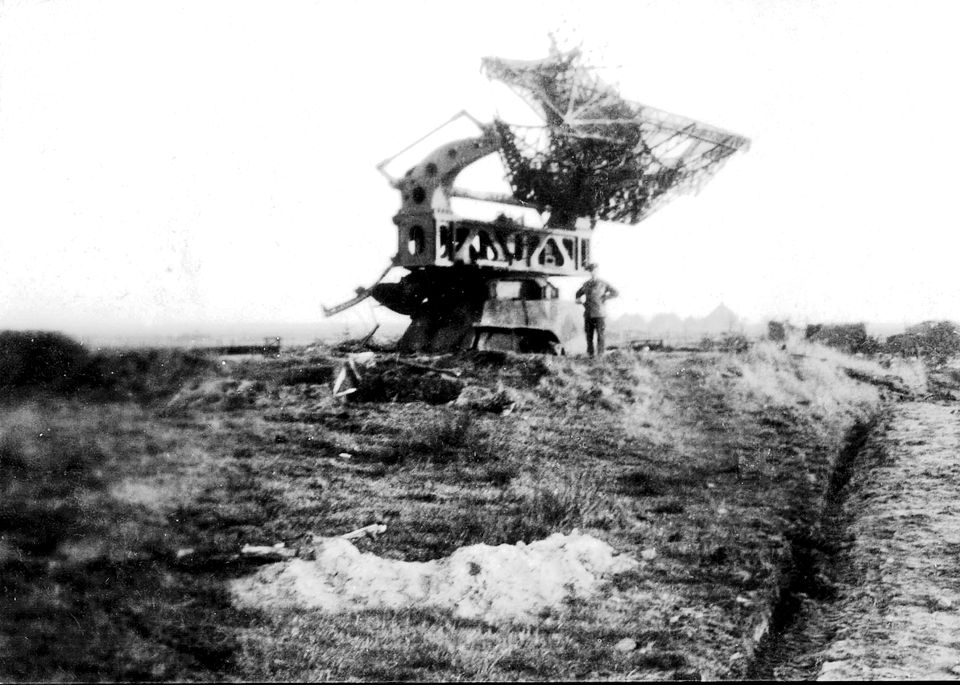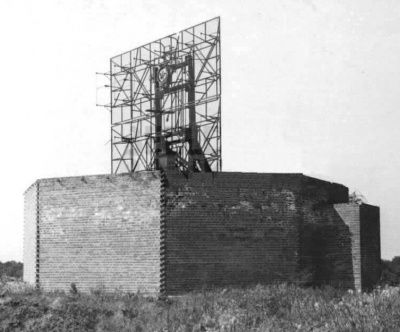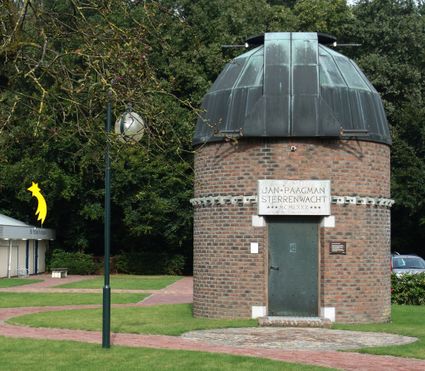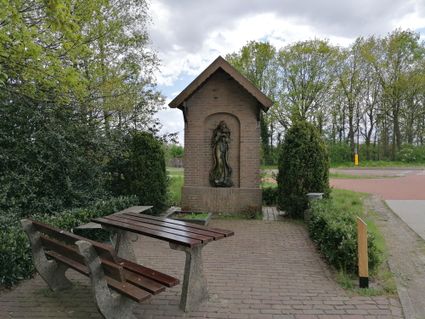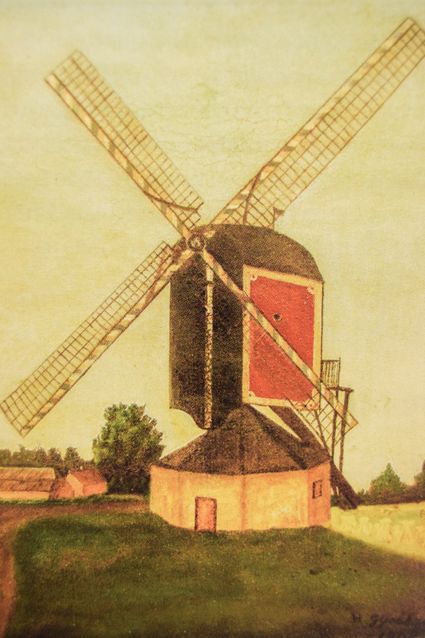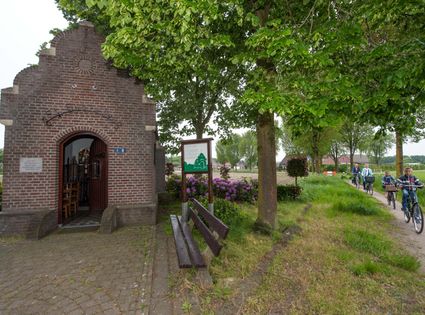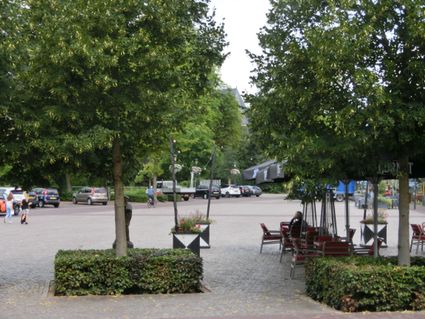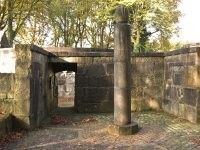WWII: Freya zoekradar | De Rips
Contents
1 Remains of Freya search radar
2 The radar systems and the Bazi station
3 Freya radar system for measuring angle to target
3.1 Würzburg Riese radar system for tracking altitude and position
Remains of Freya search radar De Rips. This is part of the remnants of the Freya search radar the Germans had built in the Peel.
The Freya and Würzburg radars.
Version info panel De Rips.
These are radar systems used by the Germans in World War II to defend against Allied bombers.
The radars were an important part of the German radar station called Bazi. It was located on the edge of the Stippelberg estate near de Rips. The station was manned by 60 people and operated with three radars: a Freya search radar and two Würzburg Riesen to measure the position of an aircraft.
The F…
Contents
1 Remains of Freya search radar
2 The radar systems and the Bazi station
3 Freya radar system for measuring angle to target
3.1 Würzburg Riese radar system for tracking altitude and position
Remains of Freya search radar De Rips. This is part of the remnants of the Freya search radar the Germans had built in the Peel.
The Freya and Würzburg radars.
Version info panel De Rips.
These are radar systems used by the Germans in World War II to defend against Allied bombers.
The radars were an important part of the German radar station called Bazi. It was located on the edge of the Stippelberg estate near de Rips. The station was manned by 60 people and operated with three radars: a Freya search radar and two Würzburg Riesen to measure the position of an aircraft.
The Freya system was developed in the late 1930s. It was codenamed Freya, the name of a Germanic goddess. The first systems built were tested by the German navy. In the process, it became clear that the system proved extremely suitable for detecting aircraft.
A Freya consisted of a transmitter and a receiver, both using a number of dipole antennas placed in front of a rectangular, mattress-like reflector. The transmitting and receiving antennas were placed separately above each other. The lower part was the transmitting antenna and dthe upper part the receiving antenna. This allowed distance and angle to a target to be measured. The entire antenna was set up in a fixed direction that could only be changed to a limited extent. The Freya had a maximum operating distance of up to 160 kilometres. At the base of the antenna was a small control room that transmitted the measurement data by phone to the ground station, in this case in Veulen (L). On the approach of English bombers, Veulen notified the Venlo airfield flight control, which then sent German night fighters into the air
Freya directional radar
Würzburg Riese radar system for tracking altitude and position.
The narrow transmitted beam of the Würzburg Riese was ideally suited for tracking in altitude and position the Allied bombers. The parabolic antenna had a diameter of up to 7.5 metres. A characteristic feature of these radars was the rotating dipole antenna at the focal point that served for both transmitting and receiving. This antenna could be rotated 180 degrees horizontally and up to 90 degrees vertically. The maximum measurement distance was close to 50 kilometres. At the back, a cabin was built for the operating personnel. They passed on the measurement data, also via telephone lines, to the ground station in Veulen. The latter then relayed the bomber's altitudes and position to the pilot of a night fighter. At least 90 Allied bombers were shot down from the Bazi station De Rips.
Source: Rip info panels B. Ploegmakers
The code word Bazi was used by the German occupation forces to designate a radar post near the village of De Rips. This radar post was part of a long chain between Denmark and the Swiss border and was intended to detect, at night, invading British bombers, to be shot down by night fighters.
The Germans used animal names for these codes of their radar stations (BAZI = Bazille or Bacil). The first letter of these corresponded to the first letter of the town where the post was located, here Bakel. Bazi was established in the winter of 1941/42 in the area around the current intersection Peeldijk and Hazenhutsedijk. There were several barracks scattered around the area where about 60 German men and women worked. Also a Freya search radar and two Wurzburg Riesen directional radars to report distance and altitude of an intruding bomber. But also Y-peil towers a machine gun tower, transformers, other shelters and there were lots of cables and trenches. On 8 September 1944, the post was abandoned. The day after, a German demolition crew returned and blew up the radars around 9 o'clock in the evening and set fire to the barracks. This ended the history of one of the many, but little-known, German radar posts in our country.
